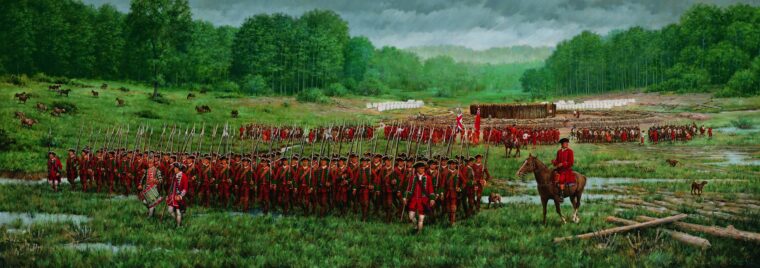
American Revolution
Fort Necessity: George Washington’s First Defeat
By Kevin M. HymelGeorge Washington looked down at the surrender documents. They were soaked from pouring rain and the ink was splotched. Read more
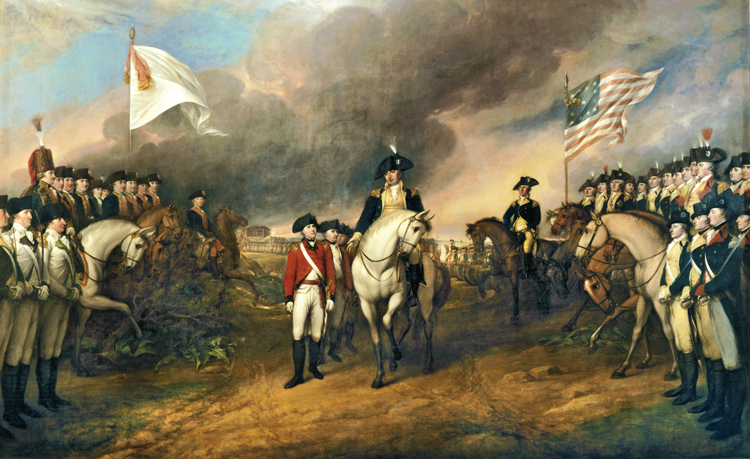

American Revolution
George Washington looked down at the surrender documents. They were soaked from pouring rain and the ink was splotched. Read more
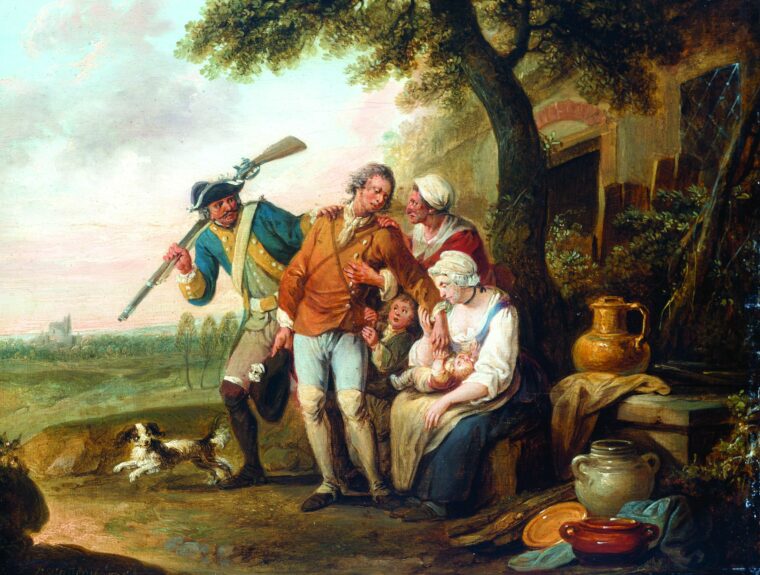
American Revolution
The call of a nation on its civilian population either to create a military force or to augment a standing army is virtually as old as civilization itself. Read more
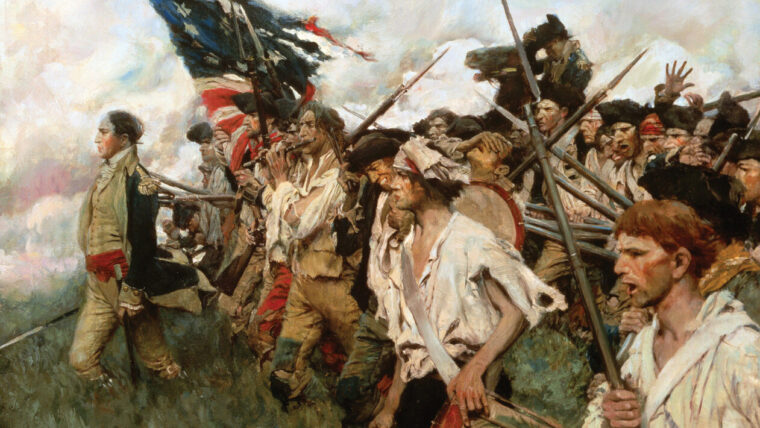
American Revolution
On the morning of September 11, 1777, 19-year-old Gilbert du Motier, the Marquis de Lafayette, calmly sat on his horse next to George Washington, commander in chief of America’s revolutionary forces. Read more
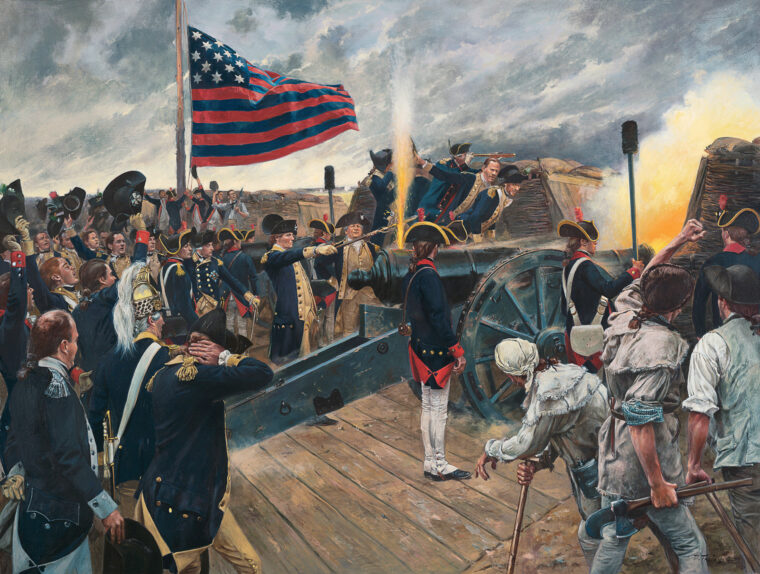
American Revolution
Sergeant Joseph Plumb Martin, a sapper in the Continental Army, waited for the signal that would begin the night attack on two enemy-held redoubts. Read more
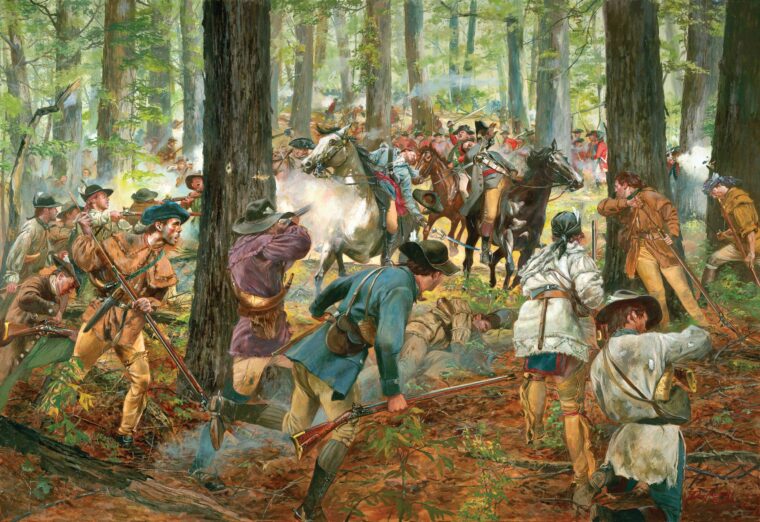
American Revolution
Kings Mountain was a battle of militia–American Patriots against American Loyalists. Short and intense, it was the last desperate stand of British Major Patrick Ferguson and a turning point in the American Revolution. Read more

American Revolution
Coming upon the enemy’s rear guard outside the western Kentucky village of Sacramento, four days after Christmas 1861, Confederate Colonel Nathan Bedford Forrest ordered his cavalry to advance. Read more

American Revolution
Great Britain’s war with her rebellious American colonies was about to conclude as diplomats crafted a peace treaty. Read more

American Revolution
Almost a decade after winning the Revolutionary War against Great Britain, the youthful United States was determined to expand its territorial boundaries and become a truly continental nation. Read more

American Revolution
Most histories of the American Revolution give the fledgling Patriot navy only one hero: John Paul Jones. While not begrudging Jones’s recognition, it seems unfair to represent the Continental Navy with a single fighting captain. Read more
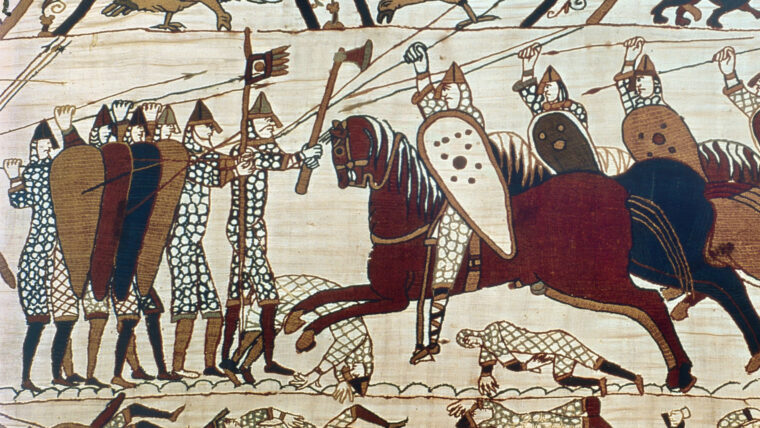
American Revolution
The shafted ax has been around since 6000 bc, in both peaceful and warlike uses. The so-called battle-ax cultures (3200 to 1800 bc) extended over much of northern Europe from the late Stone Age through the early Bronze Age. Read more
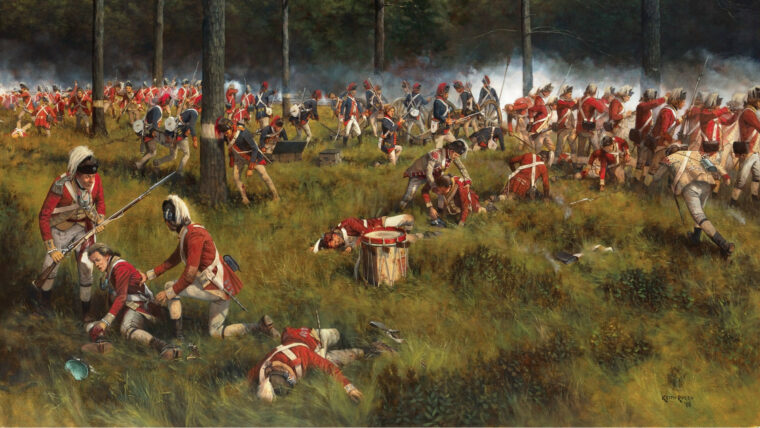
American Revolution
Four months earlier Major General John Burgoyne had left Canada with a large army. He intended to deliver a fatal blow to the colonial revolt that had begun on April 19, 1775. Read more
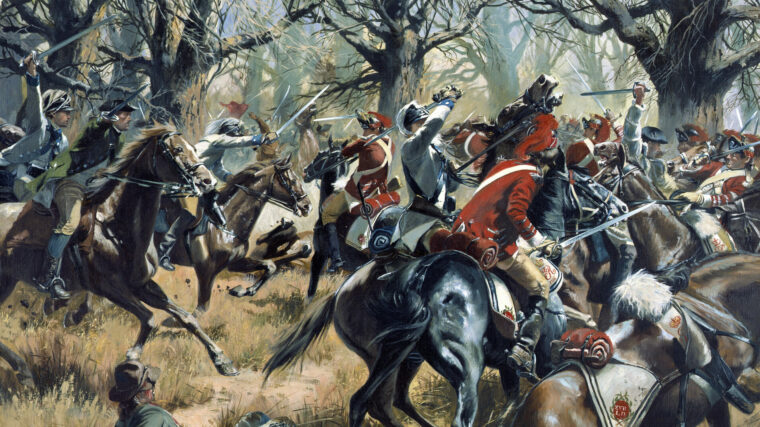
American Revolution
Lieutenant Colonel William Washington of the Continental 3rd Light Dragoons stood in his stirrups and looked out over the open drover’s field stretching before him. Read more
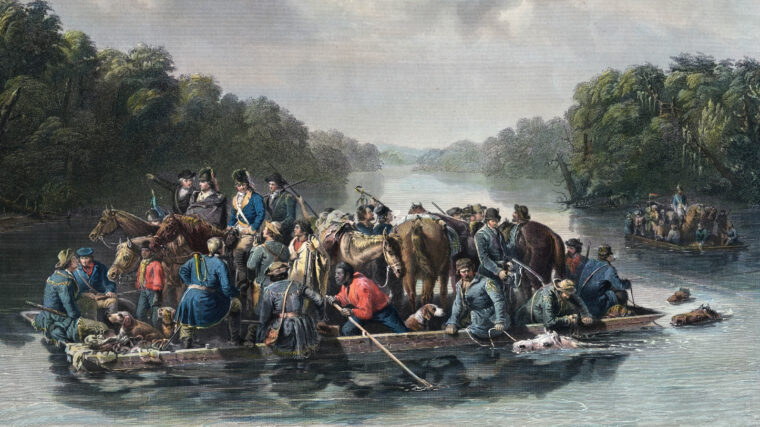
American Revolution
Francis Marion did not cut an impressive figure when he joined the Patriot army of Maj. Gen. Horatio Gates in July 1780. Read more
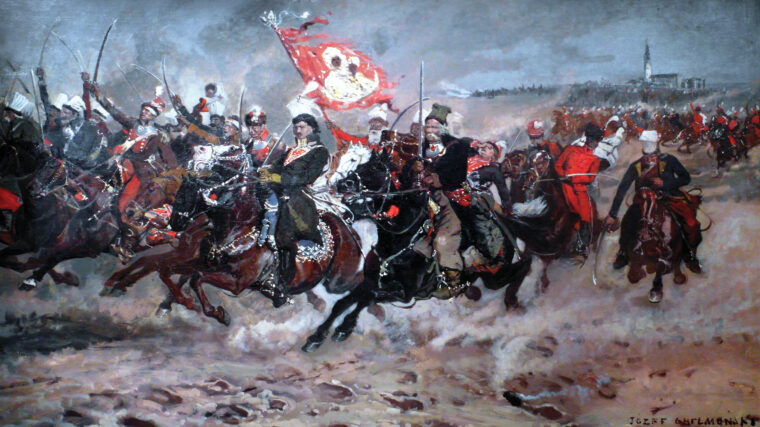
American Revolution
A major fight was in the offing when the first streaks of dawn appeared over Savannah, Georgia, on the morning of October 9, 1779. Read more
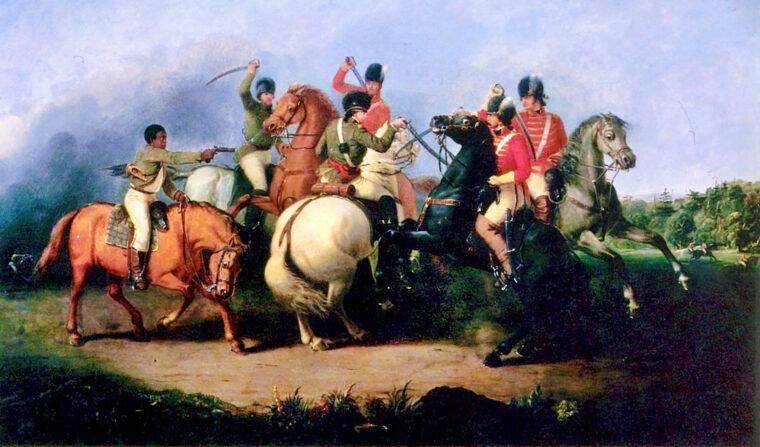
American Revolution
At last, students of American military history have recently been accorded some measure of respect to the tactical genius of Daniel Morgan. Read more

American Revolution
By the time the American colonies declared their independence from Great Britain on July 4, 1776, Benjamin Franklin was 70 years old. Read more
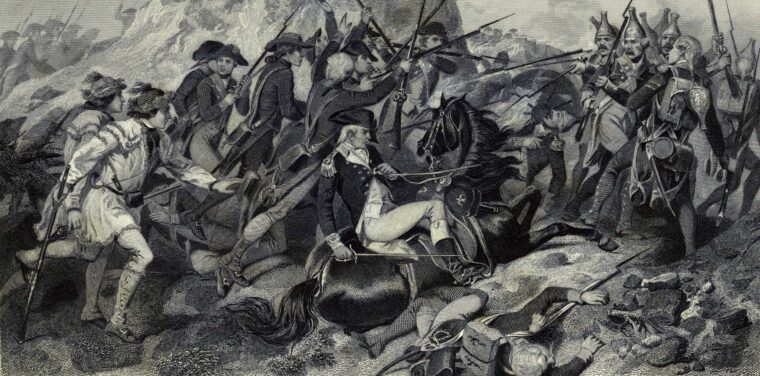
American Revolution
The struggle of the Americans to free themselves of British rule and to establish self-government on their own continent was never in greater peril than in the year 1776, and it was still three years before Benedict Arnold would change sides. Read more
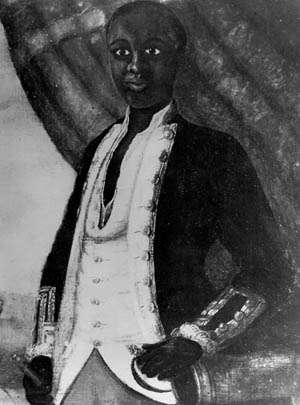
American Revolution
There were several African American Revolutionary War heroes that made major contributions on and off the battlefield, but not all of them fought for the Colonists. Read more
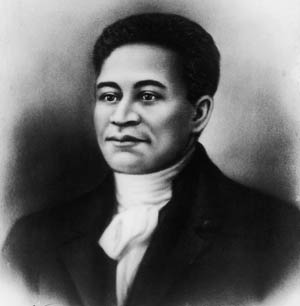
American Revolution
There were many African Americans in the Revolutionary War, and although some of them fought for the Colonists and others for the British, freedom was usually their motivation. Read more

American Revolution
One of the more prominent female Revolutionary War heroes was Margaret Corbin.
Corbin’s parents were both killed by Indian raiders when she was only five. Read more